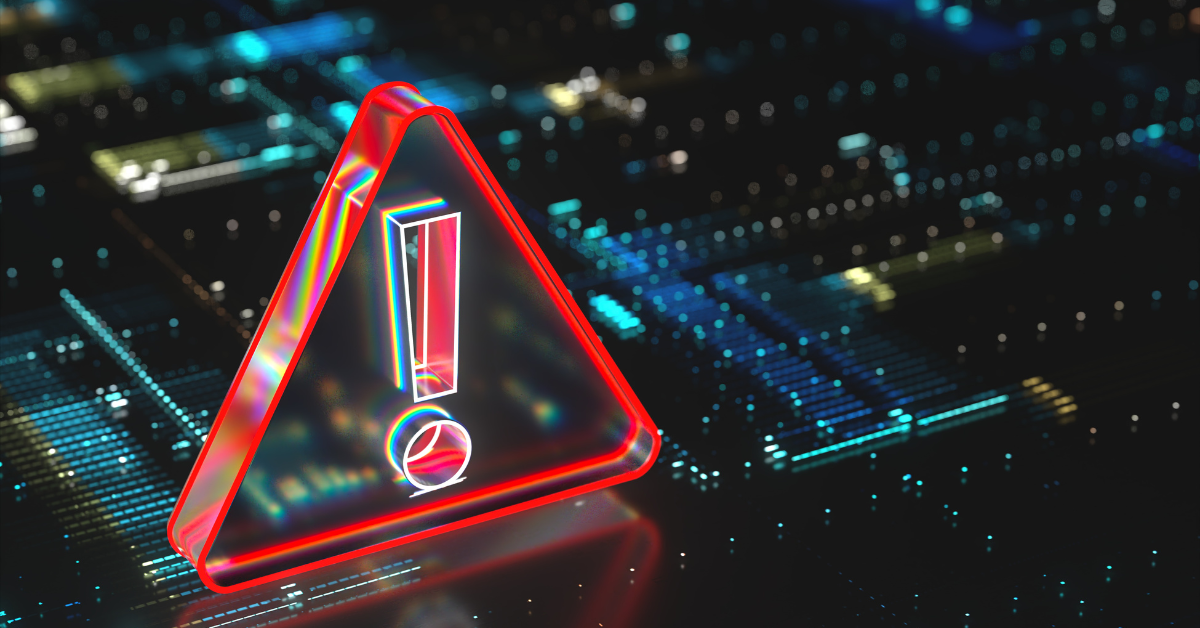November 29, 2023
Stay Secure: How to Prevent Ransomware Attacks and Protect Your Systems
Stay Secure: How to Prevent Ransomware Attacks and Protect Your Systems
Simply put, ransomware is a technological nightmare. This malware blocks you from being able to log into your device or network or access its files, followed by a demand from the attacker for money.
Ransomware can be difficult and costly to remove. The files and data affected could be deleted. Or, worse, the information could be stolen from your system and then and leaked onto the dark web or other nefarious site.
Luckily, ransomware attacks can be prevented.
Understanding Ransomware
Here’s how ransomware works:
The attacker finds a way into your network, for example, by sending a phishing email that get opened.
Once access it gained, the attacker plants encryption software on the device or throughout the network. When the encryption software is activated, it prevents all other access to specific data or to the entire network.
Finally, an on-screen notification will appear, demanding payment to resolve the issue.
For example, in May 2023, Bluefield University suffered a ransomware attack on its network and lost access to its emergency alerts system. According to NBC News, the attackers used the alert system to demand payment of the ransom at the small college on the Virginia-West Virginia border.
How to Prevent Ransomware Attacks
Ransomware attacks can be thwarted through a combination of employee training and smart planning:
Employee Training and Awareness
- The most important thing you can do is educate employees about ransomware threats.
- Implement regular security awareness training.
- Training should include simulated phishing exercises.
Strong Password and Access Control Policies
- Set up best practices for creating strong passwords, such as a combination of uppercase letters, lowercase letters, numbers, and symbols or a long passphrase.
- Implement multi-factor authentication (MFA) for all network and computer access.
- Limit user privileges to the least amount of access necessary for employees — but be sure they can still do their jobs efficiently.
Regular Software Updates and Patch Management
- Set up systems so software updates are installed in a timely manner. Software companies often correct software vulnerabilities with these updates.
- Similarly, implement a patch management process.
- Utilize automated patching tools.
Robust Endpoint Security
- Install reputable antivirus and anti-malware software.
- Use Endpoint Detection and Response (EDR) solutions that help automate the detection of suspicious activities.
- Use behavioral analysis and sandboxing for advanced threat detection.
Secure Backup and Disaster Recovery Strategies
- Have protocols in place so data is backed up regularly. This protects against system attacks as well as human error, power outages, device failures, and more.
- Implement an air-gapped backup system to add an extra layer of protection that normally can’t be accessed by your business network.
- Test and verify the restore process.
Best Solutions for Ransomware Prevention
Ransomware Protection Software Suites
Ransomware protection software is available, such as the well-known software offered by Bitdefender, Norton, and McAfee.
When deciding between the various software suites, key features to look for include a centralized management system for network protection, advanced anti-ransomware protection tools, and practical items such as is the software compatible with your specific hardware and the responsiveness to an attack. You’ll also need to factor in your business’ needs and risks against your budget for a software suite.
Cybersecurity Frameworks and Standards
Cybersecurity frameworks provide common language and guidelines for IT security teams across industries. One example are the ISO 27001 and ISO 27002 certifications from the International Organization for Standardization (ISO) which are recognized internationally.
These frameworks can be adapted to prevent ransomware attacks.
Are Ransomware Attacks Avoidable?
Realistically, it is impossible to avoid all ransomware attacks. Your protective measures do have limitations ranging from human error to the savvy and determination of cybercriminals. But what you can control is the amount of protection you put in place to detect and respond to these attacks as soon as they happen before they cause damage to your network and data.
Top 3 Causes of Successful Ransomware Attacks
Social Engineering and Phishing Attacks
Cybercriminals use these techniques to manipulate victims. Businesses large or small can be affected. For example, phishing emails caused an estimated $83 million in damages to Sony Pictures Entertainment. The emails targeted Sony’s network administrators and engineers with a simple request to verify their Apple IDs because unauthorized activity had been detected on their accounts.
Unpatched Software and Vulnerabilities
If patches intended to fix known software vulnerabilities are not installed, it leaves a literal open door for cybercriminals intent on launching ransomware and other attacks.
One example this year is a ransomware called CACTUS that first appeared in March 2023 and targets vulnerabilities in VPN software.
Lack of Data Backup and Recovery Strategies
Inadequate backup practices mean the only copy of your data could be compromised by a ransomware attack, leaving you few options to recover.
The Biggest Risk with Ransomware Attacks
Financial Loss and Ransom Payments
In addition to the risk of losing critical data, businesses affected by ransomware attacks suffer financial losses beyond paying the ransom to cybercriminals related to lost productivity and IT infrastructure repairs.
Reputational Damage and Legal Consequences
In addition to harming a business’ reputation in how it manages and protects customer data, data breaches and ransomware incidents could leave the business vulnerable to lawsuits as customers seek legal remedies.
Gut Consulting Can Help Protect Your Business
Protect your business against ransomware attacks with a multi-layered approach that includes smart IT practices, specialized protection software and robust employee training. Defending against a ransomware attack takes continuous monitoring and attention to the latest IT security recommendations.
GUT Consulting is here to help develop and implement a protection plan for your unique business needs. Contact us to get started on your cybersecurity plan.
